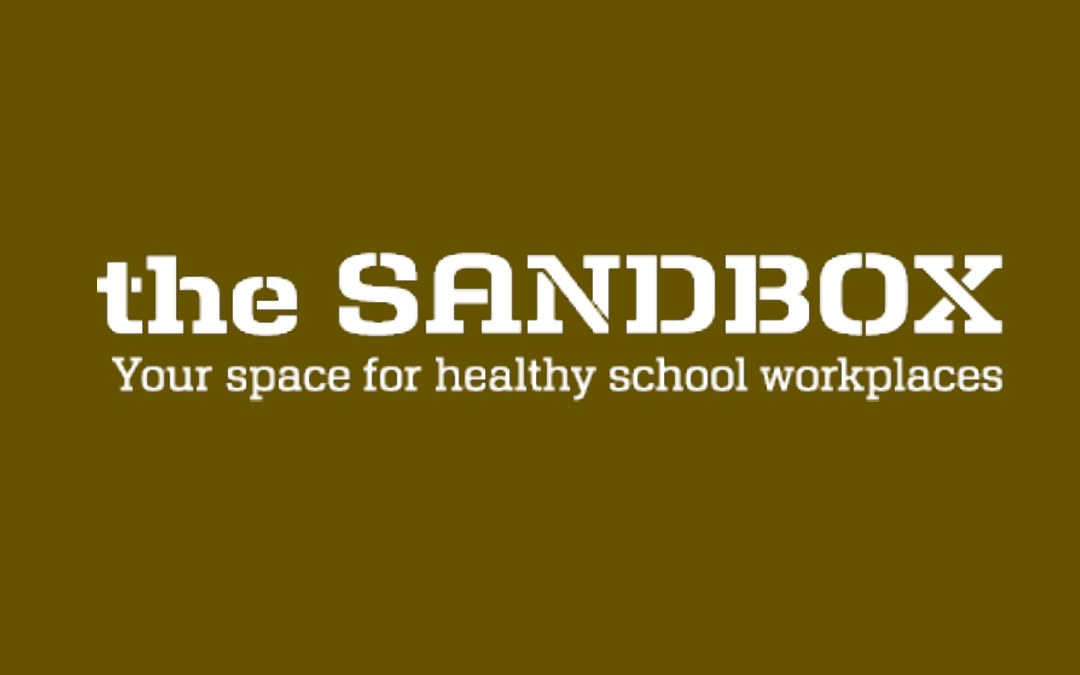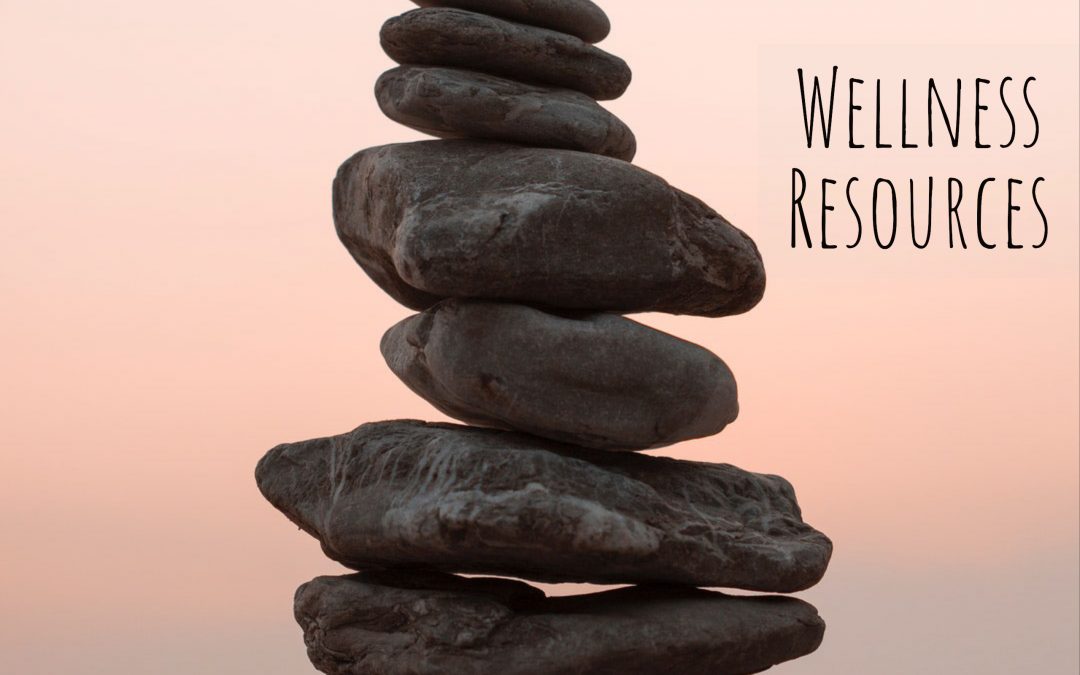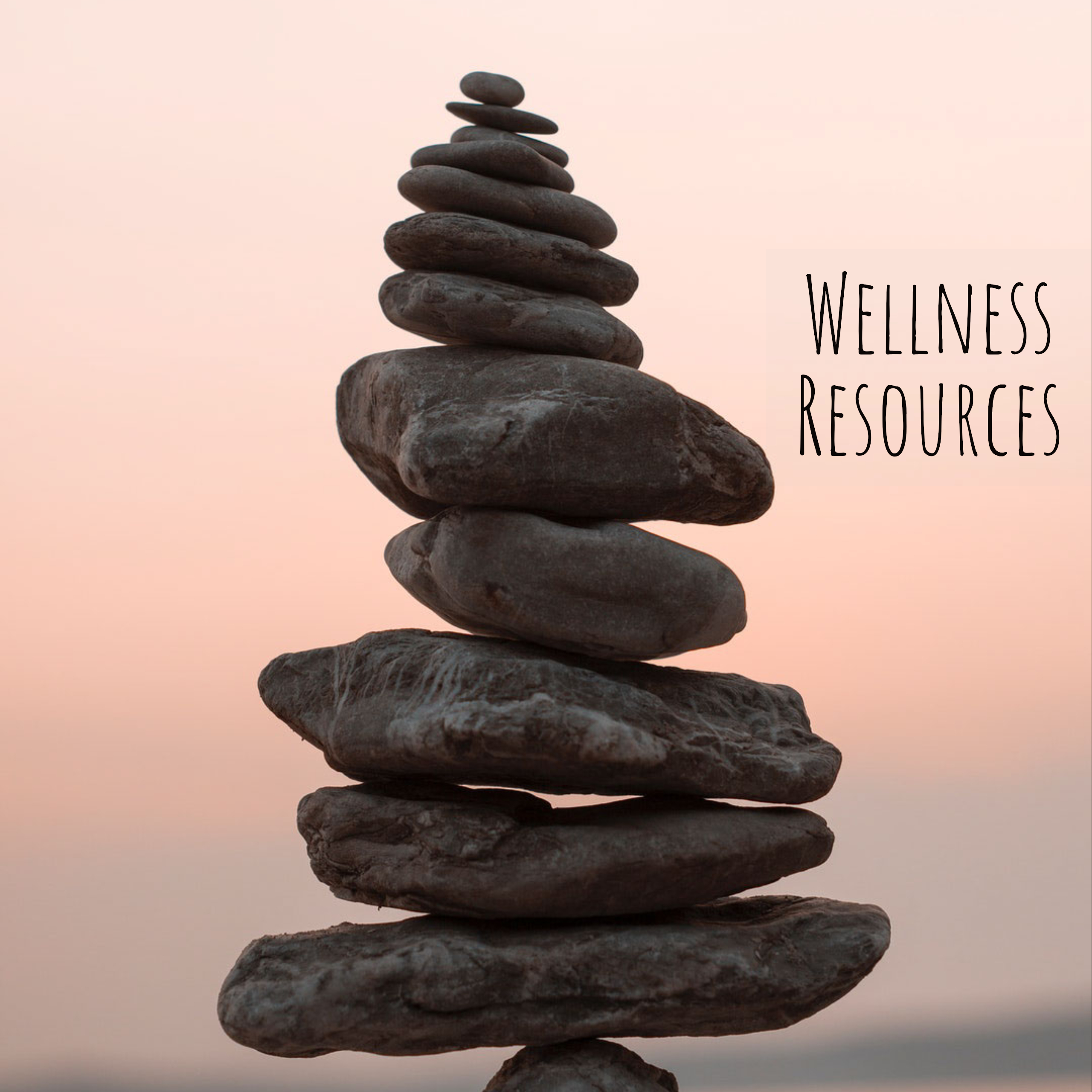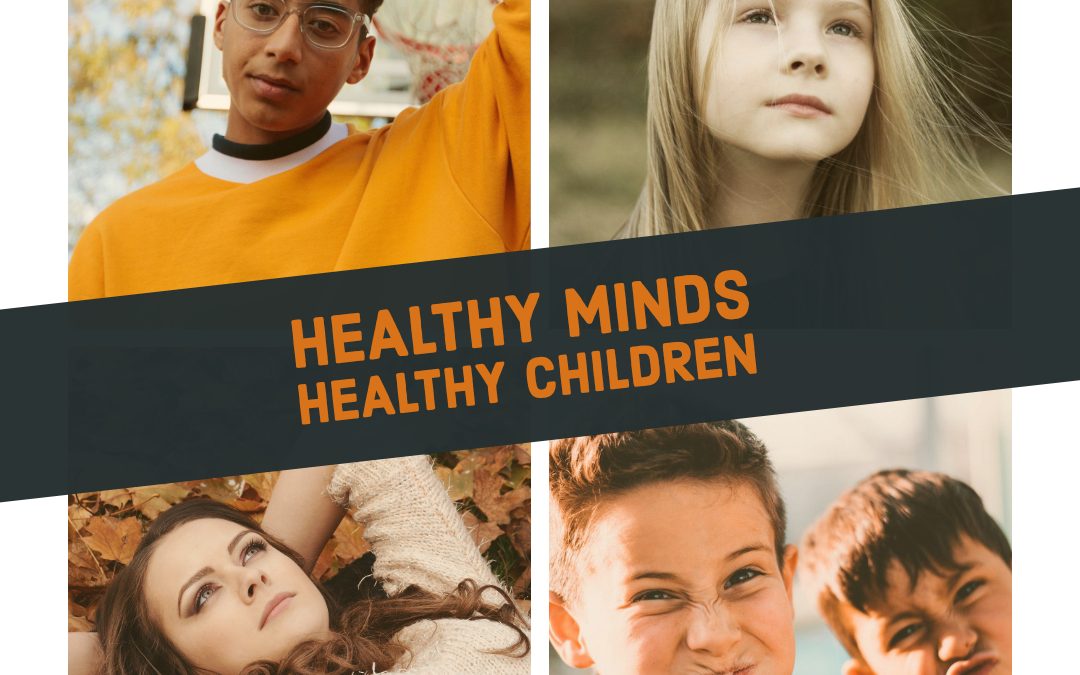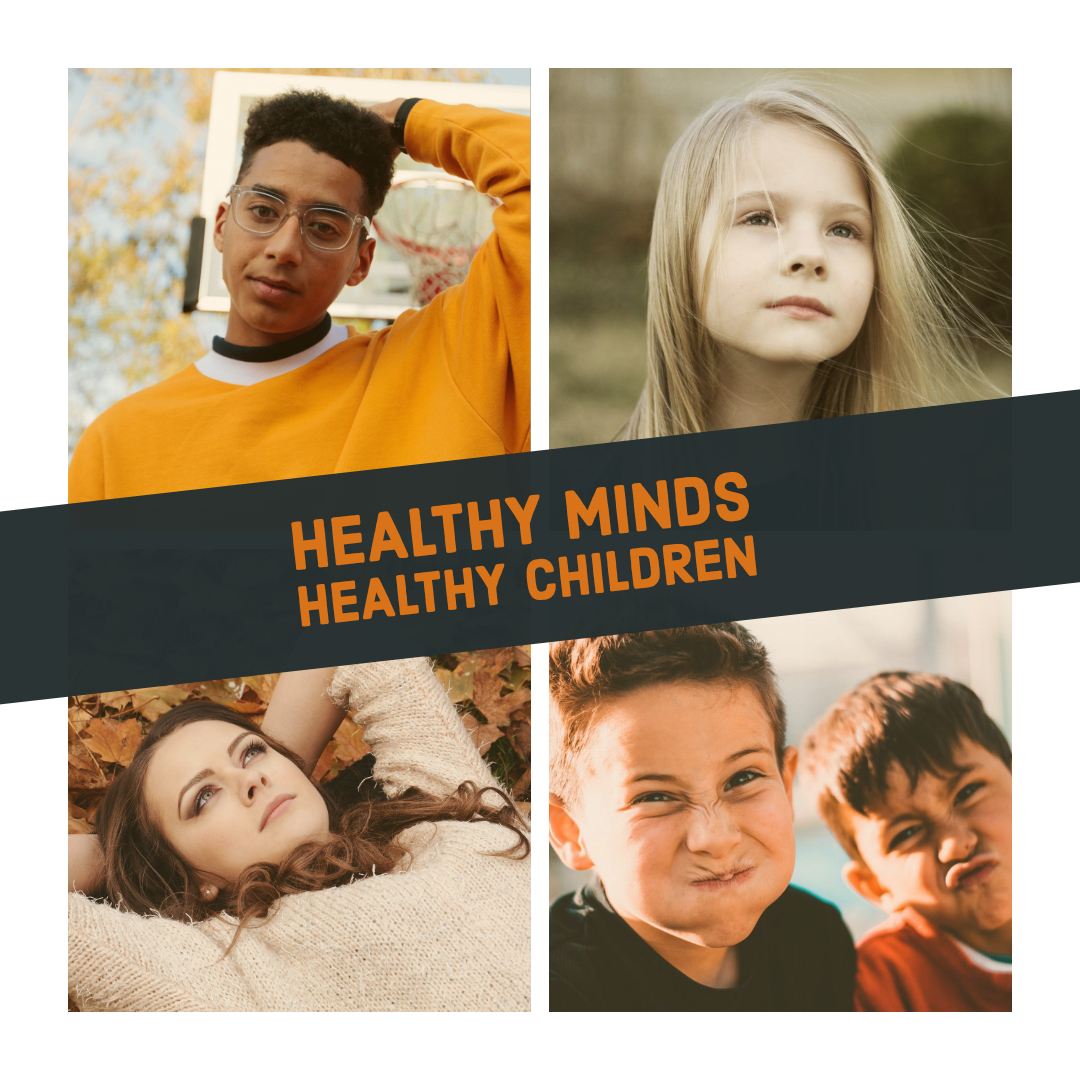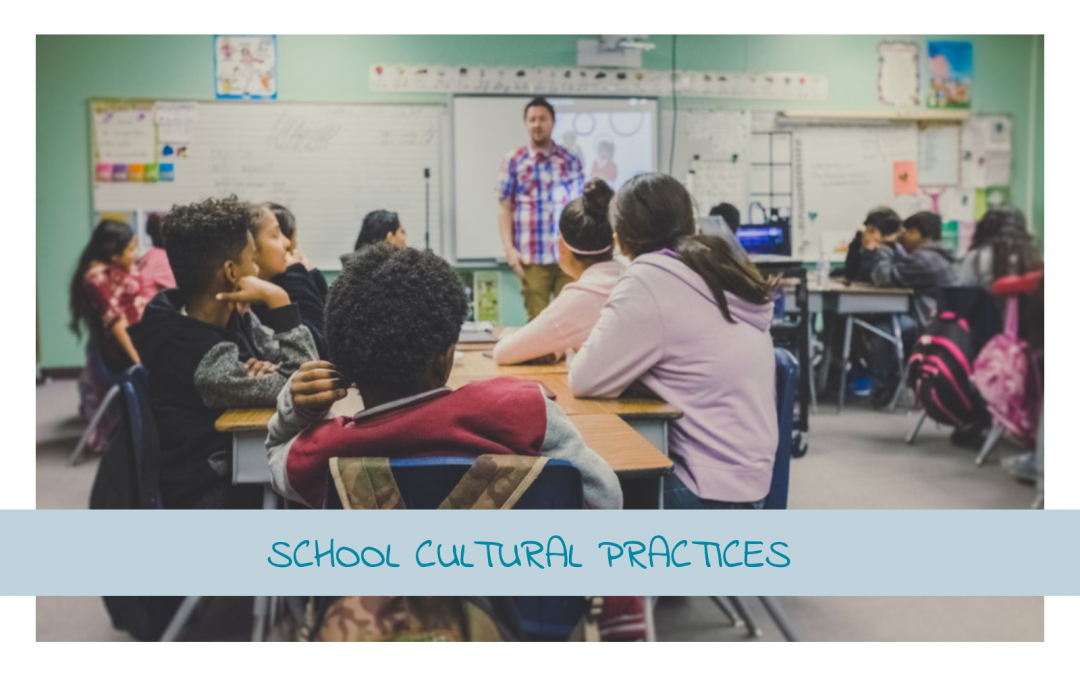
School Cultural Practices
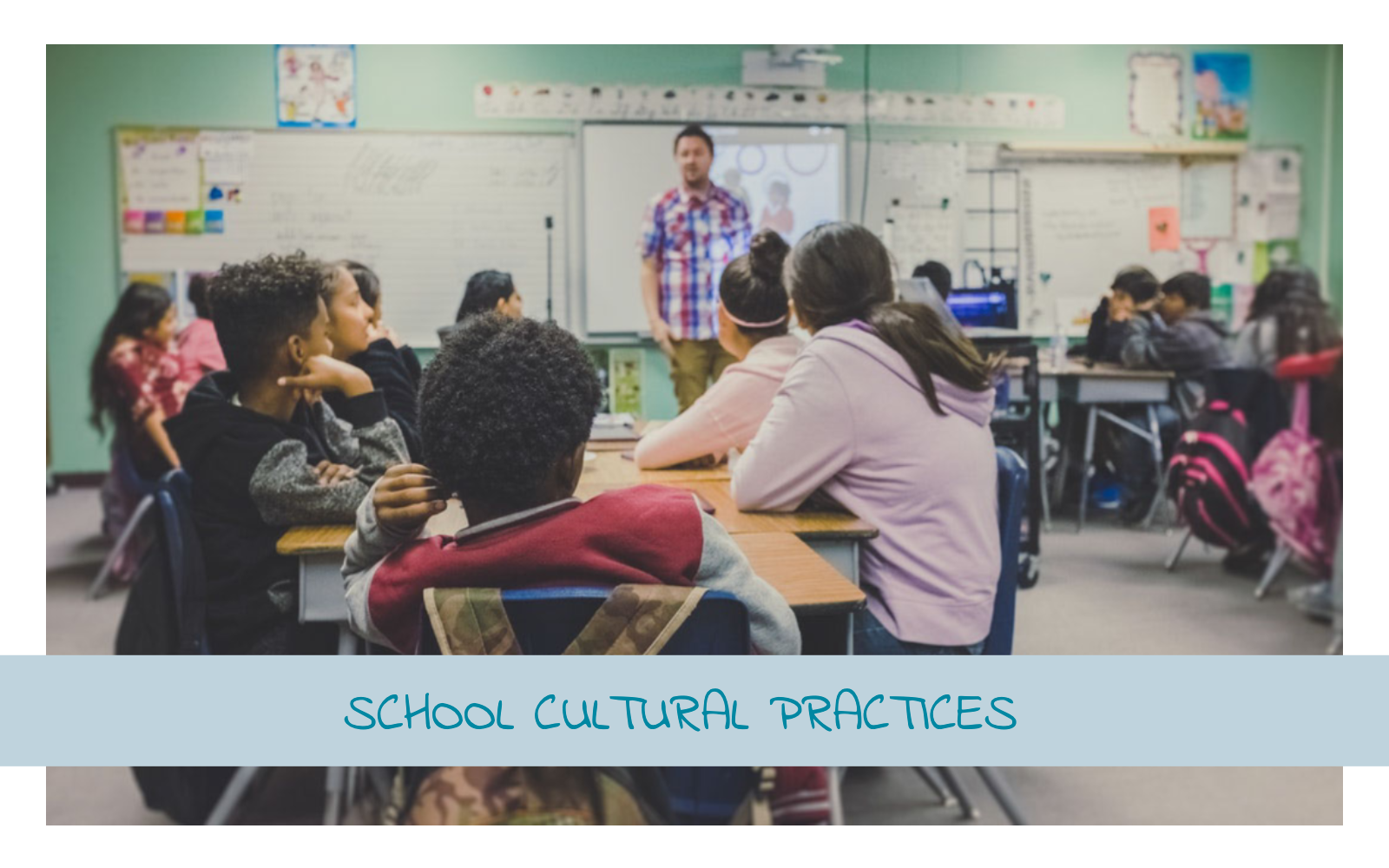
All school staff have a collective responsibility for all students and value the importance of building relationships. Schools create a culture of acceptance and caring by providing various school wide activities, creating opportunities for multi-age groupings and generating core values and building common language.
A positive school culture can be created in many ways. Some ideas are:
- taking a team approach to working with students
- school assemblies
- staff PD
- common language throughout the building
- staff need to make a commitment to cultural norms (buy in and a collective responsibility)
- embedded in: staff meetings, collaborative days, classrooms,
- school wide events (inclusive)
- play music before and after school over the PA
- comfortable and supportive physical spaces/ opportunities for physical movement (e.g. Don’t Walk in the Hallway, spin bikes, alternate seating, tower gardens)
- positive messaging throughout school (bulletin boards, morning announcements, recognition of positive acts)
- newsletter messaging around SEL
- Parent PD
- multi-age groupings (e.g. reading buddies)
- mentorship between staff members/ mentorship of students
- inclusive support groups (e.g. LGBTQ)
- healthy nutrition options/ education
